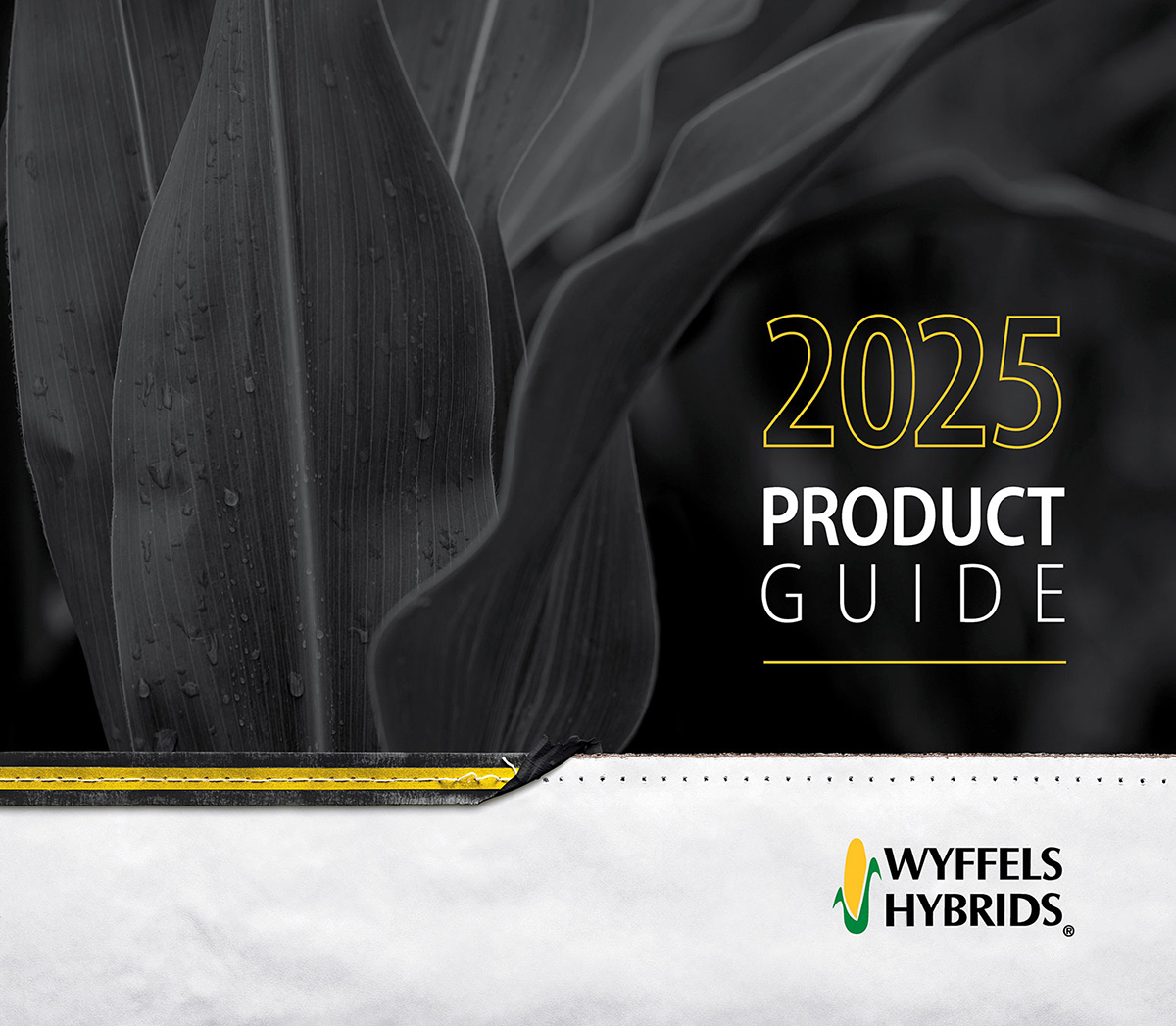When weather delays corn planting, growers may consider changes to minimize any additional delays. Some field operations can be adjusted with little impact on yield potential, but hybrid selection is one management decision that needs to be held firm despite delayed planting conditions.
Optimum Planting Window
The Corn Belt has about a 4-week window that is described as the “optimum” planting date for maximum yield performance. This is based on planting date research by various agronomic research organizations both public and private. For most of the Central Corn Belt, this window is around April 20 through May 15. After this window yield potential can start to decrease, but it’s important to remember planting date is just one factor in final yield, and the effect is not the same every year.
Purdue University has shown that planting date only accounts for about 12% of variability in yield trend departures from year to year. In other words, a number of factors outside of planting date also affect the ultimate maximum yield for a given year.
The following table shows relative yield potential by planting date and is based on averages of several years of data. Although not accurate in every situation, it can be used as a guide to help with planting decisions (Table 1).

Relative Maturity
The original hybrids in your planting plan were chosen because they provide the best chance to maximize productivity in your fields and environment. Another factor that must be taken into account is the yield advantage of later maturing hybrids. Ten years of data collected from Wyffels research trials finds an advantage of 1.9 bushels per day of later relative maturity (Figure 1). Switching to an earlier maturing hybrid will lower your yield potential regardless of planting date.

Harvest Moisture
One of the potential drawbacks of a delayed planting season is higher grain moisture at harvest. However, this is much more dependent on weather for the remainder of the season, especially September and October. A hot and dry end of the season can cause grain moisture loss rates of up to 1% per day. On the other hand, cool and wet conditions at the end of the year will cause later planted corn to be wetter than earlier planted corn. This needs to be considered along with the grain drying capabilities for farmers planting very full season hybrids.
Kernel Black Layer
Kernel black layer is the point in a corn plant’s life cycle that signifies physiological maturity. A frost or freezing event after black layer results in no yield loss and doesn’t affect grain moisture loss. Wyffels publishes the estimated Growing Degree Units (GDUs) to black layer for hybrids planted in the optimum planting window.
What happens if planting is delayed? University research has demonstrated that corn will adapt to delayed planting by decreasing the number of GDUs required to black layer. For example, a hybrid that requires 2600 GDU to black layer planted on May 1, will require approximately 2520 GDU if planting is delayed to May 20. This adjustment to a shortened growing season allows hybrids to maximize production even when planted past the optimum window.
If you are interested in seeing how delayed planting will affect estimated black layer dates, use the Wyffels GDU calculator found on Wyffels.com. The calculator has the above-mentioned black layer GDU adjustment built in. Simply enter your zip code, choose your hybrid and select a desired planting date to find the estimated black layer date.
Conclusion
Hybrid selection is one of the most important decisions made every year. The hybrids chosen in the original cropping plan were chosen because they were the best hybrids for your soil, cropping rotation, agronomic practices, and climate. That is still the case.
With a shortened growing season, it’s still important to maintain focus on maximizing productivity and profitability by planting the best products for your field and environment. Stick with your original plan until at least May 25.
